As the Roman Empire expanded to cover millions of square miles of Europe and Africa, victories over states and nations were proclaimed in many ways, including on coins. Along with depictions of the Emperor of the time, conquered lands were often represented as figures, in lieu of the symbolism and heraldry that would, centuries later, come to represent groups of people and national identities.
Britannia first appeared on Roman coins almost 2,000 years ago. With the small surface of a coin and limited minting techniques, depicting the story of a group of people becoming part of the Roman Empire would be difficult. Like Germania, Hibernia, or Polonia – the female representations of Germany, Ireland and Poland – Britannia represented the island, people and concept that would go on to become the British Isles. But while Britannia’s story may have begun in conquest, she has become a symbol of national identity and pride, seen to represent the values that Britain and her people hold dear. She has evolved in an ever-changing world, with every depiction a snapshot of the spirit of the nation's courage, resilience and progress.
The symbol of Britannia returned to Britain’s coins under Charles II. John Roettier, an engraver that Charles II had come to know in exile, reimagined the Roman vision of Britannia. Roettier’s medal commemorating the ‘Peace of Breda’ (a treaty that brought the Second Anglo-Dutch War to an end) shows Britannia surveying a fleet of ships, spear in her right hand and olive branch in her left. Her appearance on the copper coinage from 1672 is thought to have been aimed at conveying Britain’s maritime prowess at a time when naval superiority was crucial to the country’s trade and security. As such a powerful symbol of the nation, Britannia has appeared on the coins of every British monarch since, with each new depiction of Britannia adding another layer to her legend.
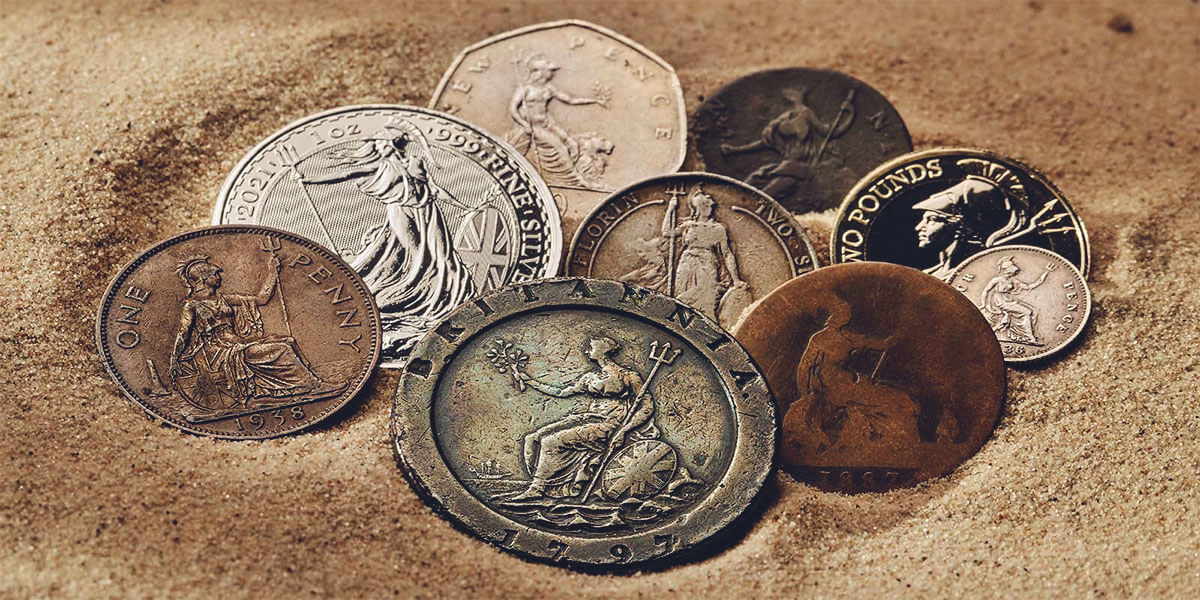
In 1987, The Royal Mint unveiled a brand-new coin, the Britannia, which would go on to become one of the most secure and respected coins of the bullion world. Philip Nathan created the inaugural design for that coin, portraying Britannia amid the waves with her familiar olive branch and Corinthian helmet, but with the addition of Neptune’s trident in her hand. In 1997, Philip Nathan would revisit Britannia for the launch of a silver coin, this time showing the icon at the helm of a sea chariot forging through the surf.
Year after year, Britannia has been reimagined by artists eager to add their chapter to her story and, for 2023, artist Jonathan Olliffe has also found inspiration in the power and mastery of the seas. His coin design is influenced by Philip Nathan’s seminal depictions, but Jonathan takes Britannia’s mythology a step further: her chariot is now pulled by serpentine seahorse-inspired creatures in a twist on the equine coin tradition.
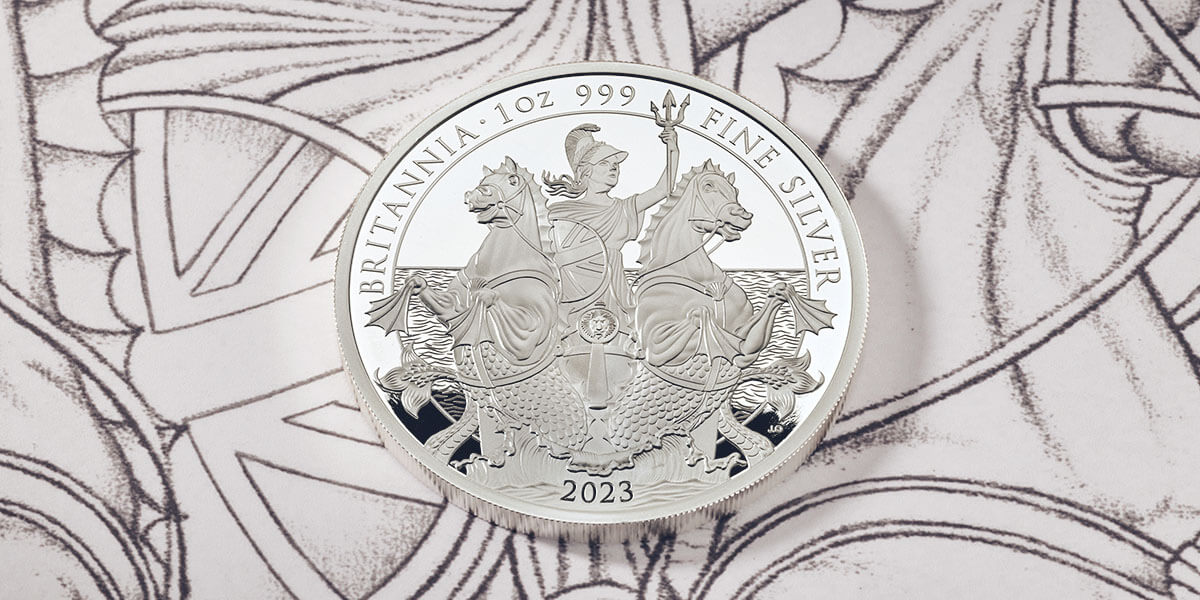
The figure of the seahorse was important in Ancient Greek mythology, and it was the half-equine half-aquatic ‘Hippocampus’ that pulled the chariot of Poseidon, God of the Sea. This monstrous creature combined an equine head (from the Greek ‘hippo’ or horse) with a serpent, fish, or seahorse-like tail (‘campus’ meaning sea monster). The Hippocampus featured on coins of the Roman empire, meaning Jonathan’s design, just like Britannia, is rooted in both ancient history and modern times.
The term ‘hippocampus’ is not reserved for mythical beasts; it has been adopted as the name of the part of the brain that stores memory and resembles a seahorse in shape. In 2016, Queen Elizabeth II and Prince Philip opened Cardiff University’s Brain Research Imaging Centre, and were shown a giant seahorse sculpture created by Dr Gemma Williams, a psychiatrist and Ph.D. student. Her seahorse, inspired by the saying, ‘a penny for your thoughts,’ was entirely covered in pennies, and Prince Philip, who for many years chaired The Royal Mint Advisory Committee, pointed out the coin designs he had played a part in choosing.
RELATED ARTICLES
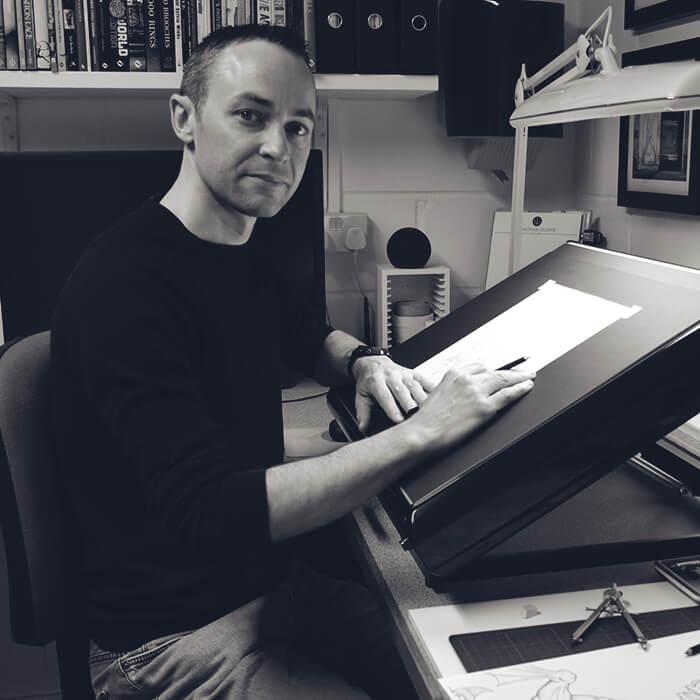
Discover the Design for Britannia 2023
Meet the Maker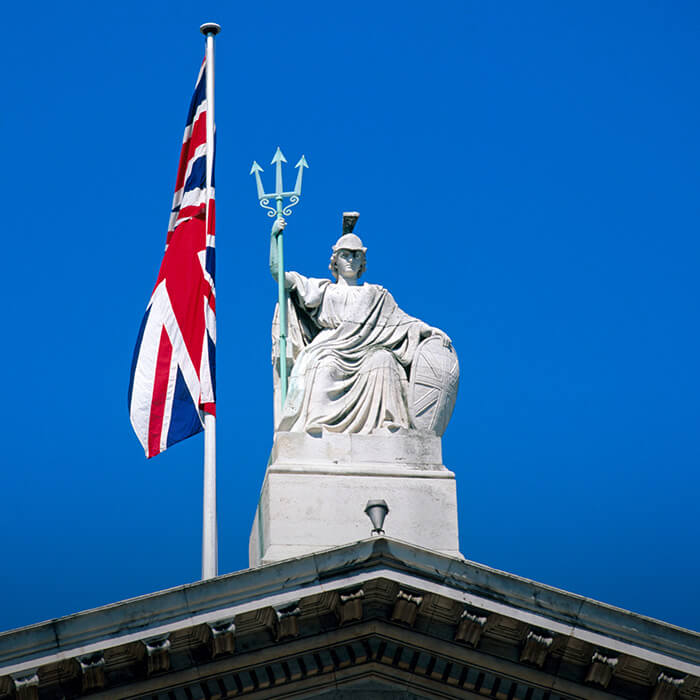
AN ANCIENT SYMBOL OF STRENGTH AND FORTITUDE
Explore Britannia's Origins
AN INTERVIEW WITH MARIE-ALICE HAREL
Discover Britannia 2024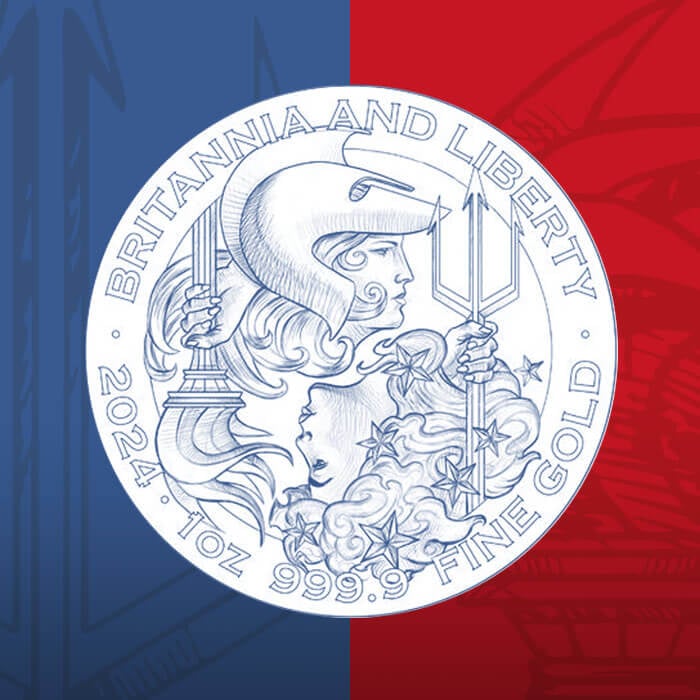
BRITANNIA AND LIBERTY
Read about the design